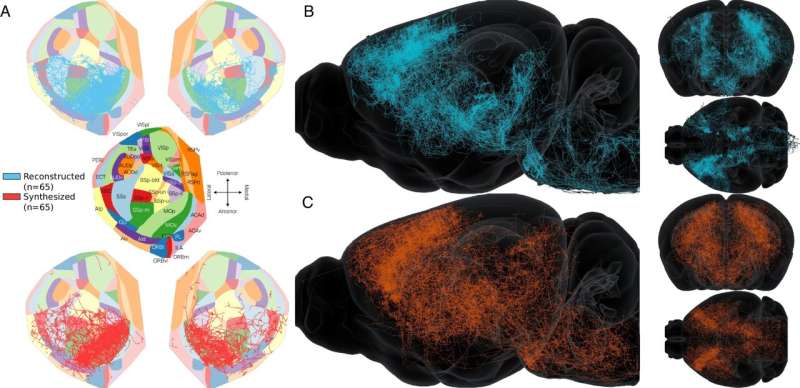One of neuroscience’s greatest challenges is understanding how the brain is wired. Even with modern imaging tools, it has been a challenge to create detailed maps that show how the brain’s billions of cells (neurons) connect, not just with their local “neighbors” but also to other, more distant cells in the brain.
These maps, known as connectomes, are key to unlocking the secrets of brain function and disease. But traditional brain-mapping techniques only offer a partial view.
Even though experimental datasets are growing, they are still too sparse to reconstruct all the connections that matter, especially those that bridge distant brain regions. As a result, it is still difficult to understand complex cognitive functions or pinpoint the cause of neurological diseases.

